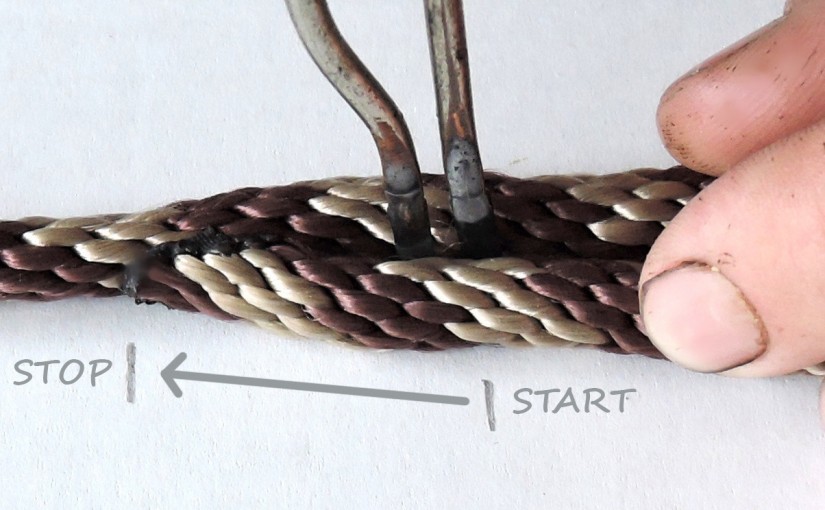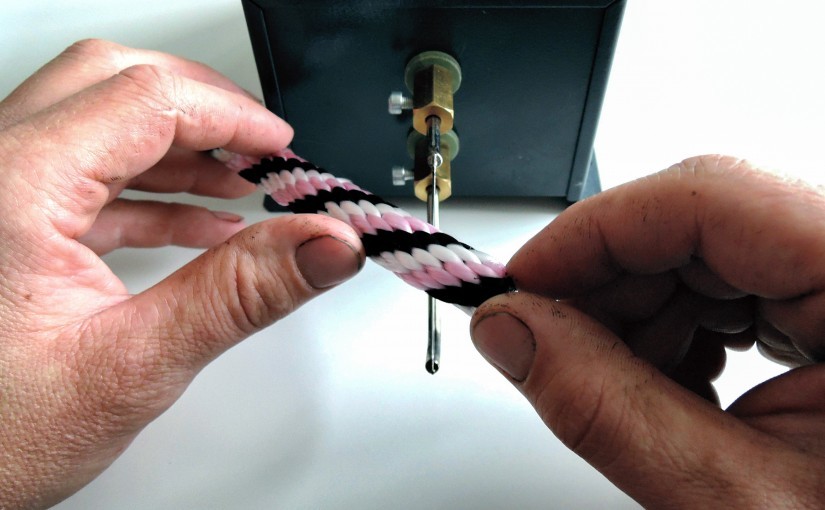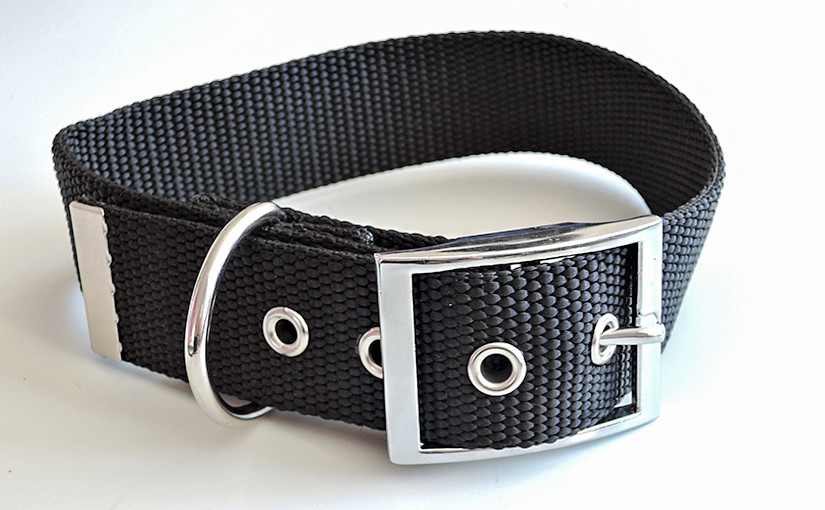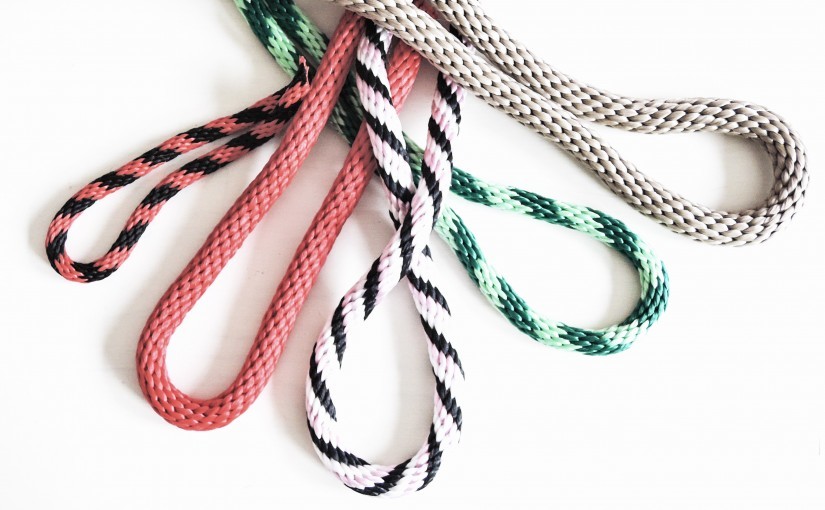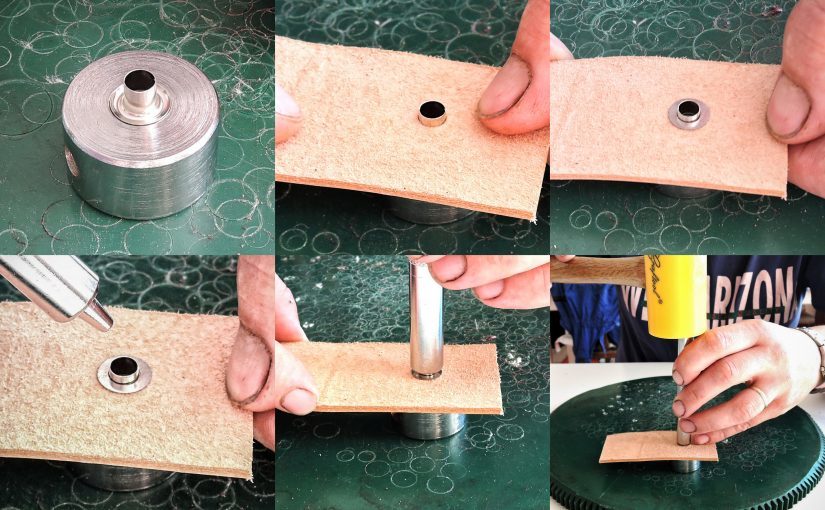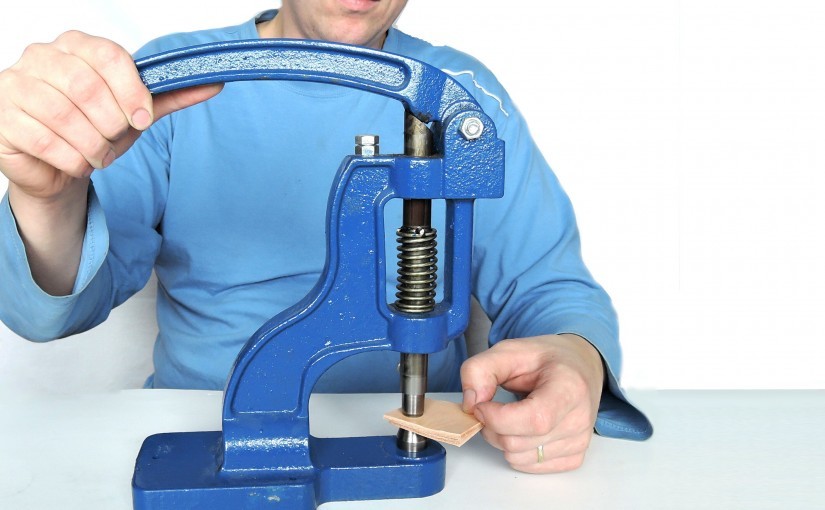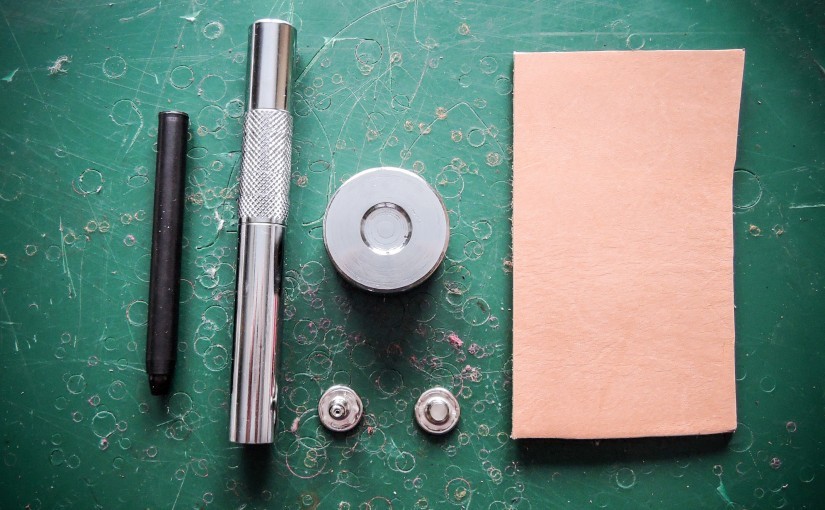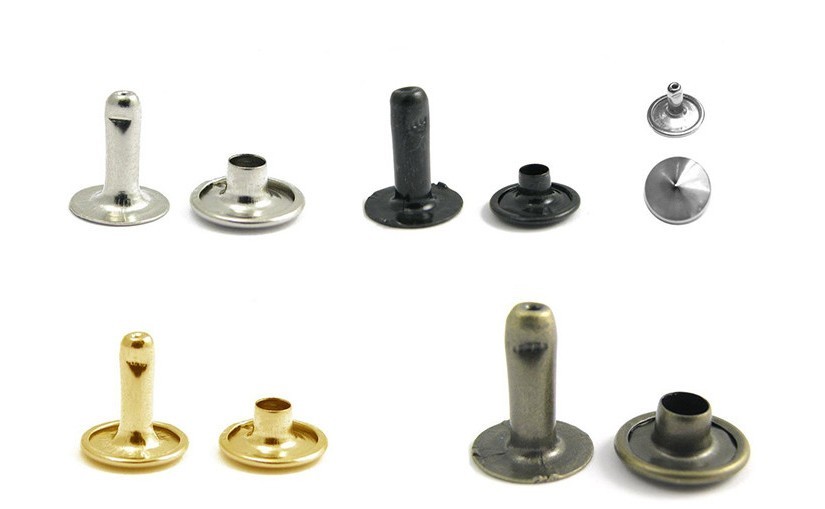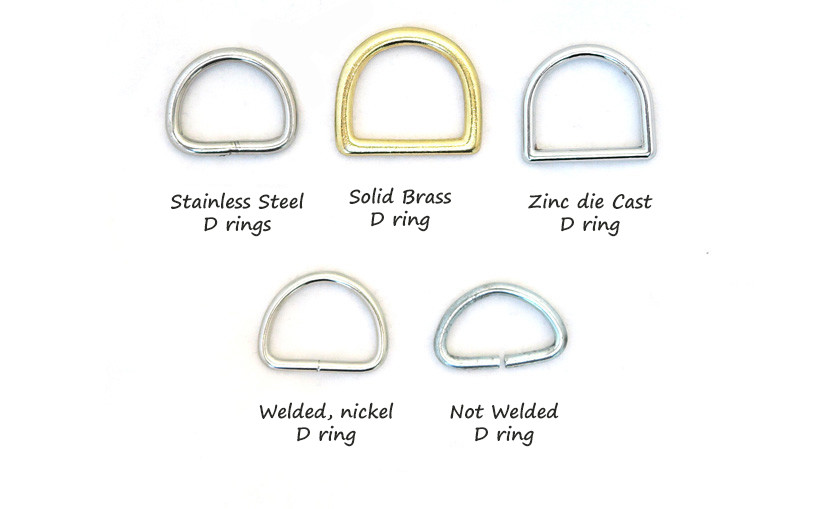The welding of polypropylene ropes using a solder is fast, accurate and not demanding regarding tools equipment. The solder also allows us to make a spot, a short and long weld, depending on what size connection we need. In today’s manual, you will learn how to do it.
Continue reading Welding of polypropylene ropes using solder
